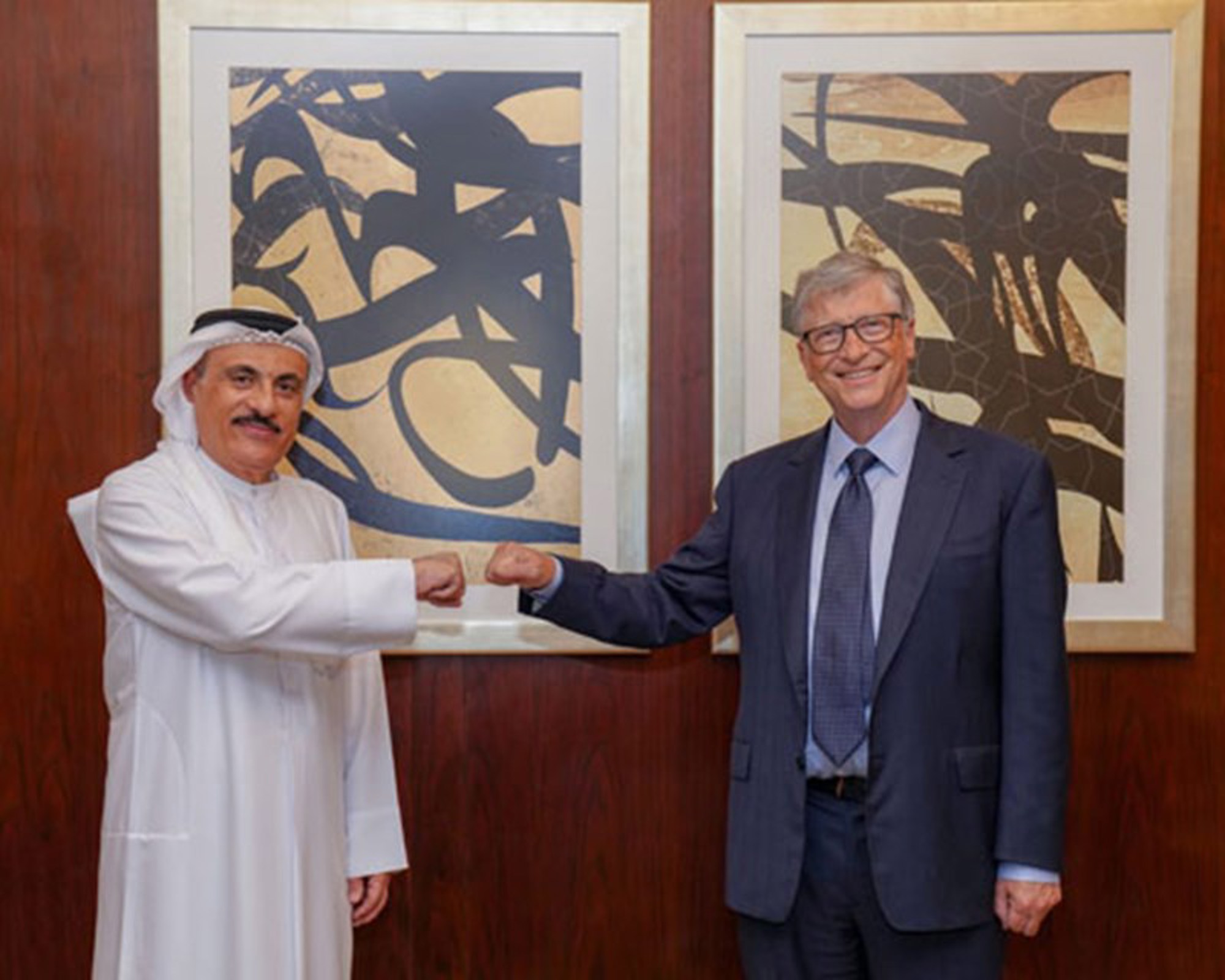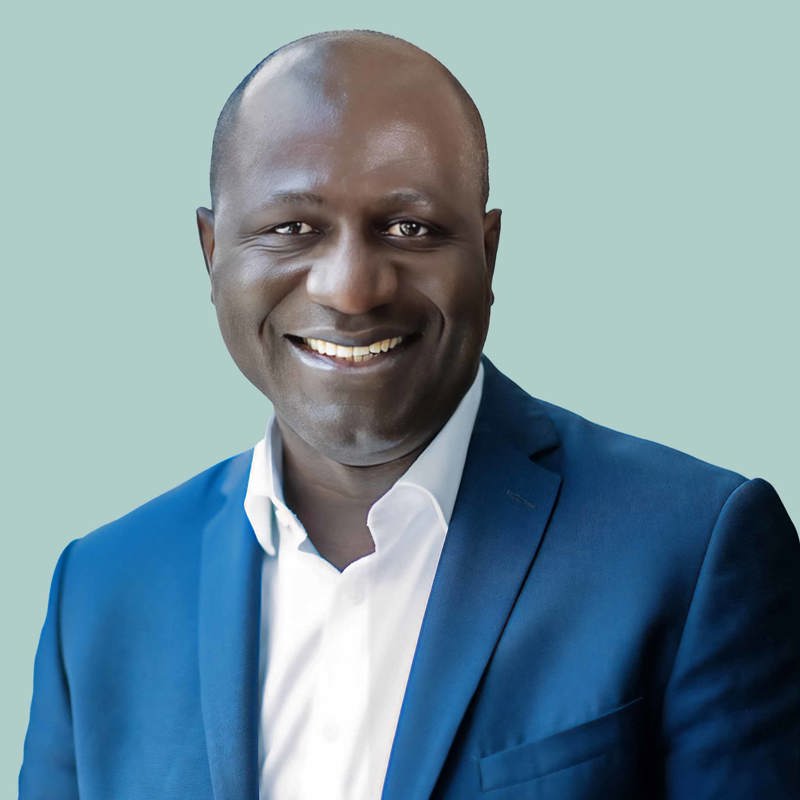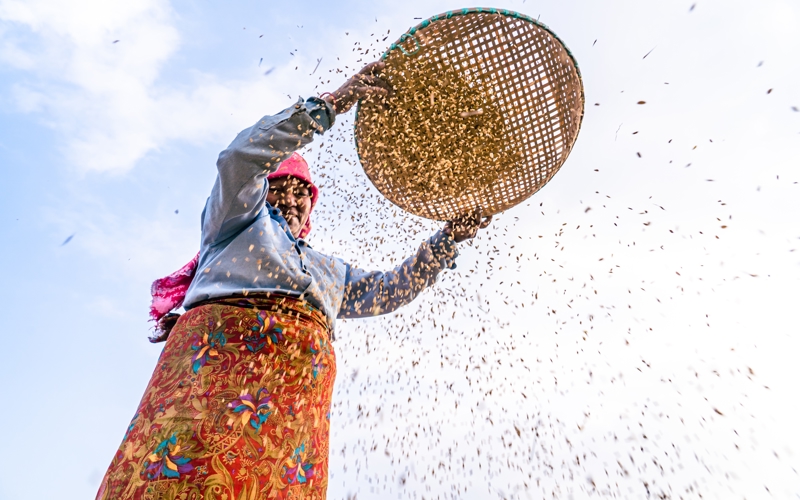Leading UAE currency house Al Ansari Exchange and the Bill & Melinda Gates Foundation have jointly pledged $10m in support of efforts to combat polio and neglected tropical diseases (NTDs) in the Middle East and Africa.
The donation, which will be channelled through the Gates Foundation’s matching scheme, will help fund new tools and strategies to shrink the burden of NTDs; a band of diseases that affect more than 1.7 billion people, mainly in Africa, Asia, and Latin America.
The pledge will also be used to in support of the ongoing global campaign to wipe out polio.
“We are committed to reducing inequities in healthcare… as we push towards the elimination of neglected tropical diseases and the eradication of polio,” Bill Gates, co-chair of the Gates Foundation, said in a statement.
Money will be directed to the Reaching the Last Mile Fund (RLMF), a $100m multi-donor platform launched in 2017 by the crown prince of Abu Dhabi, in partnership with the Gates Foundation. The 10-year facility is hosted by the End Fund, a philanthropic initiative dedicated to ending five of the most common NTDs, with a focus on river blindness and lymphatic filariasis.
River blindness, or onchocerciasis, is an eye and skin disease transmitted through bites from infected blackflies. More than 90 per cent of cases occur in Africa. Lymphatic filariasis is a mosquito-borne disease, also known by its symptom elephantiasis. The condition affects more than 890 million people worldwide, incapacitating and disfiguring many of those affected.
At the RLMF's launch, Sheikh Mohamed bin Zayed Al Nahyan contributed $20m to the platform, with Gates Foundation pledging up to $20m in matched funding.
“We will continue side-by-side in the efforts to combat poverty, disease and inequality around the world.”
Mohamed Al Ansari, Chairman, Al Ansari Exchange.
This joint pledge is the second of its kind made by Al Ansari Exchange and the Gates Foundation. In 2012, the partners committed $10m over five years in support of polio eradication efforts in Pakistan and Afghanistan, and the prevention and treatment of NTDs in sub-Saharan Africa.
Funding was directed to the End Fund, in addition to the Global Polio Eradication Initiative.
Addressing the new commitment, Mohamed Al Ansari, chairman of Al Ansari Exchange, said the company sought effective, long-term partnerships with foundations and institutes.
“We are delighted to have the Bill & Melinda Gates Foundation as one of our global partners in this mission, and we will continue side-by-side in the efforts to combat poverty, disease and inequality around the world,” he said.
In separate news, the west African nation of Niger announced Wednesday that it is poised to become the first African nation to eliminate river blindness, marking the culmination of more than four decades of work.
At an event at Expo 2020 Dubai, the country said it was set to submit paperwork to the World Health Organisation that would enable it to be verified as free of the disease.This represents a milestone not only for Niger but also the wider continent, signalling that elimination is achievable within other countries.
The event was hosted by Reaching the Last Mile; a portfolio of global health programmes backed by Sheikh Mohamed bin Zayed Al Nahyan, and which includes the RLMF. Attendees included Bill Gates and Agada Garba, Ambassador of the Republic of Niger to the UAE.
Gates paid tribute to Niger’s leadership in the fight against a disease “that once seemed impossible to defeat”.
“I have deep gratitude to all who contributed to this achievement, including Nigeriens whose efforts made it an attainable dream,” he said. “In particular, I want to thank Sheikh Mohamed for his vision in initiating the RLM Fund, which has brought new technologies and approaches to the neglected tropical diseases sector, and supported Niger in reaching the finish line.”
A version of this story first appeared in Philanthropy Age.




